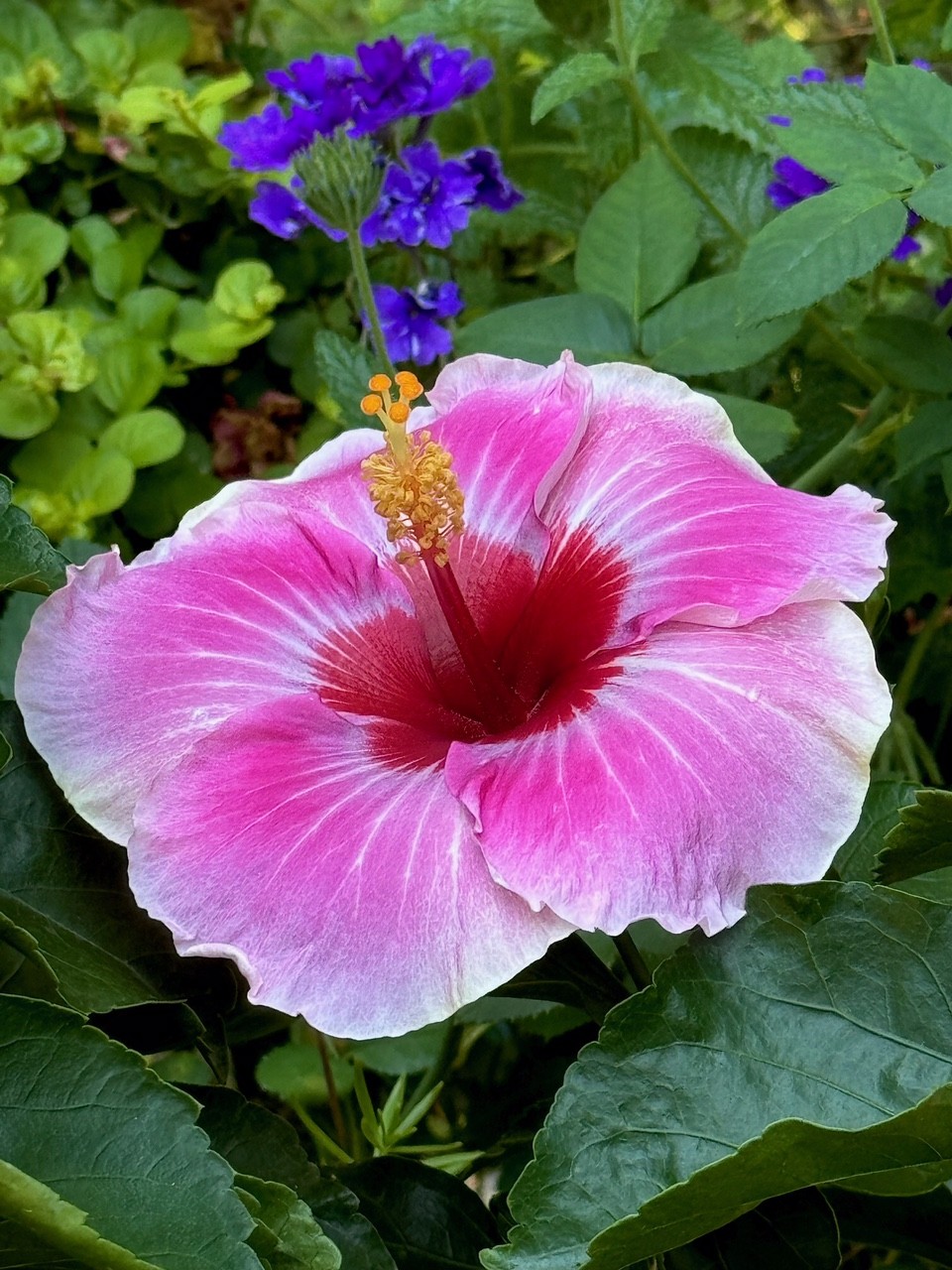Outdoor
Assignment Texas: with Russell A. Graves- When it Rains

By contributing writer Russell Graves
The sound of rain dappling the surrounding prairie is a welcome one. For the past few years, the people in Childress County (and most of the rest of Texas) have endured a horrendous drought. In casual conversation, people quizzically wondered aloud when it would rain again and with a certain degree of credibility, questioned if it would rain again.
Drought, according to climatologists, is cyclical. They’ve happened to Texas before and they’ll happen again.
This latest drought has taught Texans a lot about water usage and ultimately, water conservation. Some of those conservation lessons were learned long ago and are being re-adopted.
Drive through West Texas farm country and take a close look at some old farmsteads. Many times you’ll see an old metal cistern behind the homes. The cisterns were there to catch and store rain when it fell for use during the times when the rain did not fall.
Feeling like a modern pioneer, when I built my new home on a piece of rural ground where a house had never stood, I wanted to incorporate old technology into my new design. So I had my friend Gary Clark of Clark ETS, help me design and install a small system that would harvest and store the rainfall from only a single side of one roof.
Unlike the pioneers of old, my captured rainfall will not serve to provide drinking or toilet water for my family. Instead, I’ll use it to water a small vineyard and other landscape features scattered about the yard. That’s important to me considering I suspect that the water district’s restrictions that currently guide our irrigation practices will probably remain the norm from now on. To have any semblance of a landscape, I need to be able to provide my own water and not rely on the rural water system that supplies the house proper.
According to Clark, one square foot of roof captures just over a half a gallon of water with every inch of rain. Therefore, figuring out how much rain your roof will catch becomes a simple math problem. To read more pick up the August 2014 issue of North Texas Farm & Ranch.
HOME
Parting Shot

By: Jelly Cocanougher
Delicate microbes buried just beneath the surface. We walk by them, unbeknownst to us. Spores, spawn, and sclerotia, each with distinct characteristics. It is said that these fungi are all connected, speaking to one another as they populate the earth. The interconnectedness of all living things and the decaying world, such beauty lies within these otherworldly alien organisms.

HOME
Varietal Honey

By: Landon Moore
Landon Moore is the Wise County 4-H President and a member of the Wise County 4-H County Council. He is involved in beekeeping, as well as raising rabbits and poultry.
This essay was one that he wrote, and it was named the champion for both the Texas and National chapters of the Foundation For The Preservation of Honey Bees.
Varietal honey is honey that comes from a single source.
This honey has a flavor derived from the source flower and can even have a similar scent. In general, lighter colored honeys have a more subtle taste and dark honeys are more intense. Varietal honey has been compared to wine, in that honeys produced in different years can be distinguished, even if they come from the same flower and location.
This phenomenon is called terroir and is responsible for the individual taste of each honey harvest.
To read more, pick up a copy of the October edition of North Texas Farm & Ranch magazine, available digitally and in print. To subscribe by mail, call 940-872-5922.

HOME
The Garden Guy: America’s Sweetheart

By: Norman Winter | Horticulturist, Author, Speaker
Early in the summer, I was sent a press release that caused one of those holy wow moments. The headline said it all, “Proven Winners ColorChoice Expands Catalog with the Addition of Hollywood Hibiscus.”
I had already become familiar with the Hollywood Hibiscus series and was thrilled that the Proven Winners was adding this to their lineup.
This flower is nothing short of beautiful and exhibits prolific flower production. The flowers show three distinct colors, deep red in the very center, then the majority which is a rich rose pink with lighter pink to white along the margins.
To read more, pick up a copy of the October edition of North Texas Farm & Ranch magazine, available digitally and in print. To subscribe by mail, call 940-872-5922.

-

 Country Lifestyles2 years ago
Country Lifestyles2 years agoScott & Stacey Schumacher: A Growth Mindset
-

 Country Lifestyles8 years ago
Country Lifestyles8 years agoStyle Your Profile – What your style cowboy hat says about you and new trends in 2017
-

 HOME8 years ago
HOME8 years agoGrazing North Texas – Wilman Lovegrass
-

 Equine1 year ago
Equine1 year agoThe Will to Win
-

 Country Lifestyles5 years ago
Country Lifestyles5 years agoAmber Crawford, Breakaway Roper
-

 Outdoor9 years ago
Outdoor9 years agoButtercup or Primrose?
-

 Country Lifestyles8 years ago
Country Lifestyles8 years agoJune 2016 Profile – The man behind the mic: Bob Tallman
-

 Country Lifestyles8 years ago
Country Lifestyles8 years agoDecember 2016 Profile, Rusty Riddle – The Riddle Way




